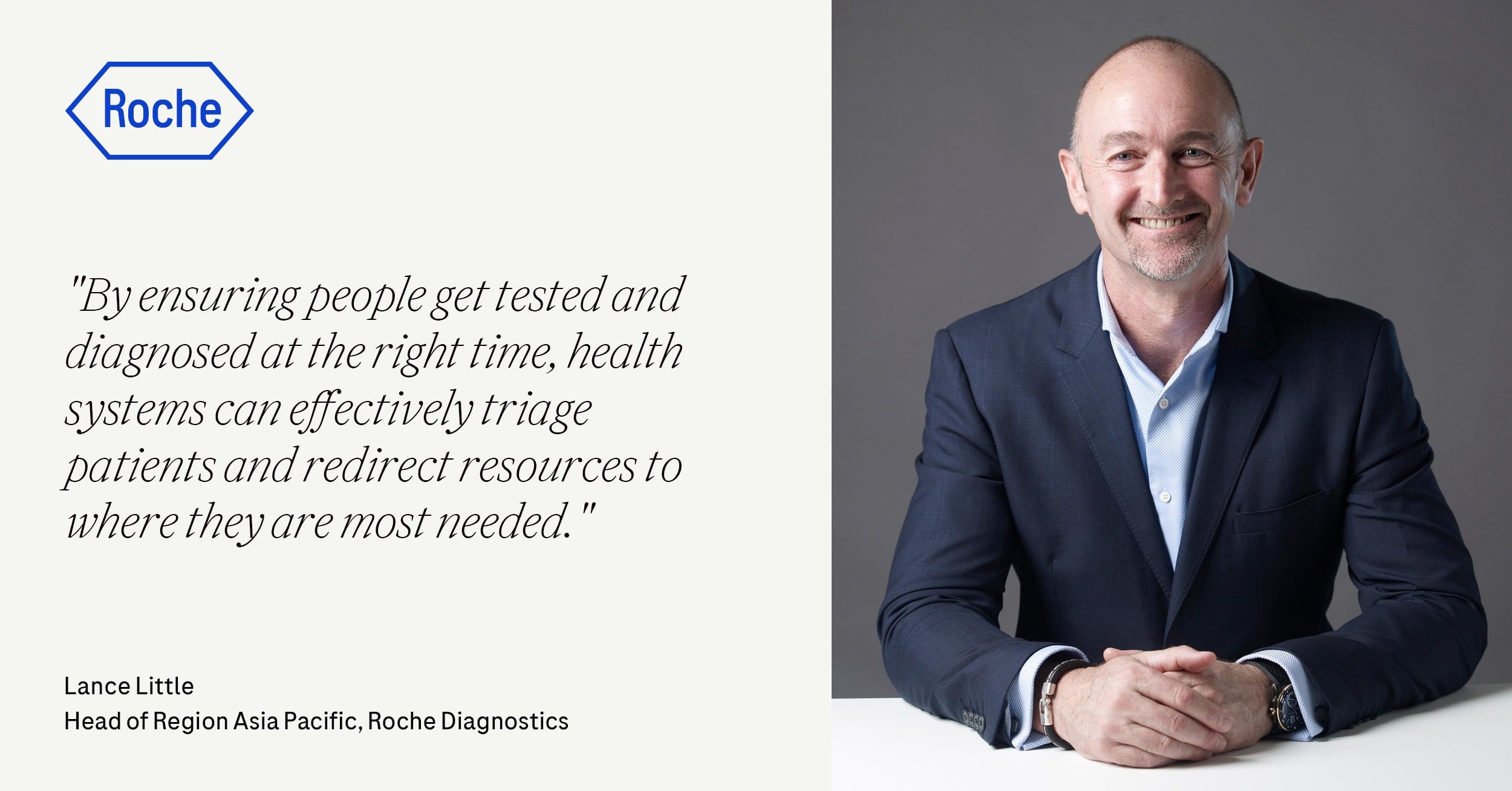Recommendations from the EU-ASEAN Business Council (EU-ABC) to continue advancing the case for the value of diagnostics.
As COVID-19 has highlighted, access to a strong and diverse diagnostics infrastructure was, and remains, crucial in tackling significant challenges to healthcare and the global economy. Early detection of diseases is not only critical in improving health outcomes for patients, but it also provides overall economic benefits when medical conditions are screened, diagnosed, and treated before they become too advanced. Despite its importance, diagnostics has persistently suffered low visibility and has been the weakest link in the cascade of care.1
The infrastructure left behind by the COVID-19 pandemic should not go to waste. Rather, it should be leveraged for screening of other diseases, to help ensure that ASEAN can: maintain a healthy population and productive workforce to continue driving its economy; and achieve the health cluster goals it had set out under the ASEAN Post-2015 Health Development Agenda (APHDA).2

Particularly, to “strengthen health systems and access to care” and meet the demands of a growing population that is projected to be aged by 20503, diagnostics must be included in the discussion. The EU-ASEAN Business Council (EU-ABC), therefore, advocates harnessing the current momentum to continue advancing the case for the value of diagnostics. The region must work towards raising the visibility of diagnostics, assess the value of diagnostics beyond the short-term budgetary dimension, and increase investment in diagnostics infrastructure to enhance testing capabilities. This will be paramount to the strengthening of healthcare capacities to guarantee that safe, cost-effective, and quality care is offered to patients.



This paper highlights the common gaps and risks in diagnostics through a study of six ASEAN member states– Indonesia, Malaysia, Singapore, Thailand, the Philippines, and Vietnam. It provides recommendations to address the common challenges, before deep diving to offer strategies that can be adopted to address these gaps. Overall, these recommendations are targeted to highlight the importance, and subsequently advocate for the better adoption of screening and diagnostics.
It is time to look at healthcare systems alongside the innovative diagnostic solutions that exist, to radically transform access for innovation to make its way to patient care. This is vital for ASEAN as it transitions to an endemic stage, ensuring that it develops a more resilient healthcare system that can continue battling against the current pandemic, as well as help ASEAN member states (AMS) in the early detection, prevention, and treatment of high burden diseases.
Read the whitepaper here.






